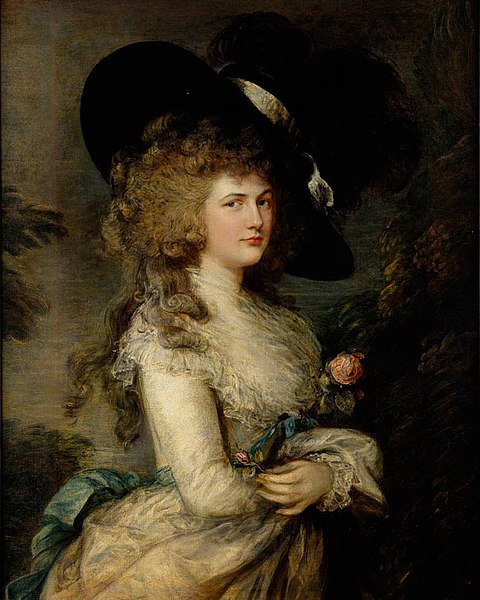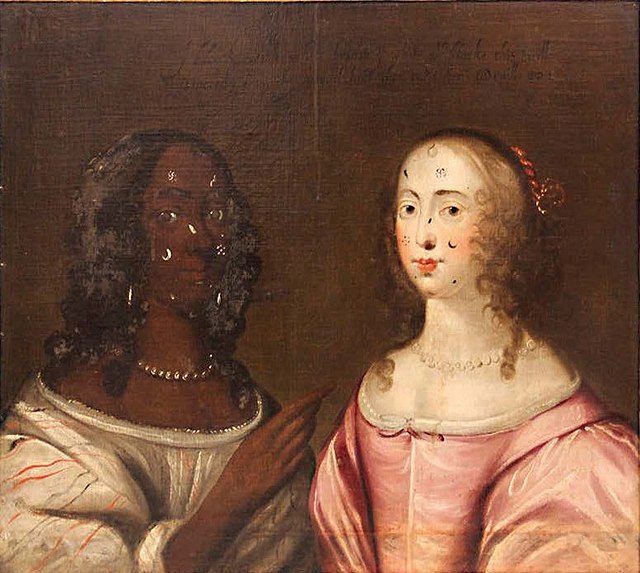Committee for the Relief of the Black Poor
The Committee for the Relief of the Black Poor was a charitable organisation founded in London in 1786 to provide sustenance for distressed people of African and Asian origin. It played a crucial role in the proposal to form a colony for black refugees in Sierra Leone. The work of the Committee overlapped to some extent with the campaign to abolish slavery throughout the British Empire.
A portrait of Georgiana Cavendish by Thomas Gainsborough. Cavendish was a prominent member of the committee.
The Yorkshire Stingo, a public house in Marylebone. The committee used this pub as a distribution outlet for alms to the Black Poor.
Black British people are a multi-ethnic group of British people of either African or Afro-Caribbean descent. The term Black British developed in the 1950s, referring to the Black British West Indian people from the former Caribbean British colonies in the West Indies sometimes referred to as the Windrush Generation and Black British people descending from Africa.
Extract from the Westminster Tournament Roll almost certainly showing John Blanke, the only figure wearing a brown turban latticed with yellow
Abd el-Ouahed, Moorish ambassador to Elizabeth I in 1600
Dual portrait of a black woman and a white woman, identities unknown, circa 1650, by an anonymous hand. The two women, who appear to be of equal standing, are wearing face patches, which were a fashion of the time. The painting is captioned "I black with white bespott y white with blacke this evil proceeds from thy proud hart then take her: Devill."
A 1651 painting of Scottish noblewoman Elizabeth Maitland, Duchess of Lauderdale with her black servant






